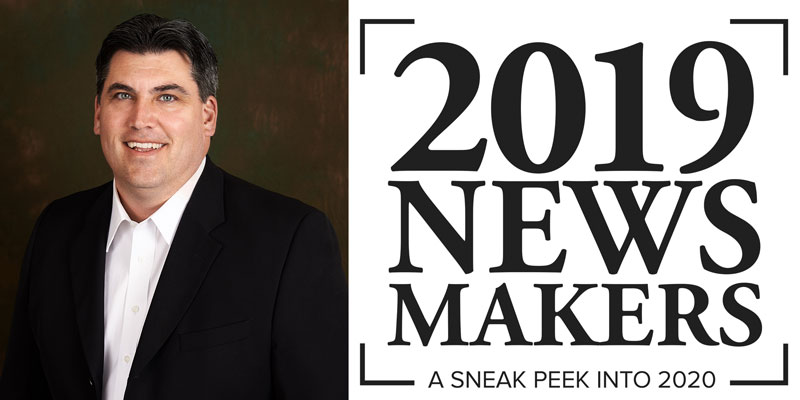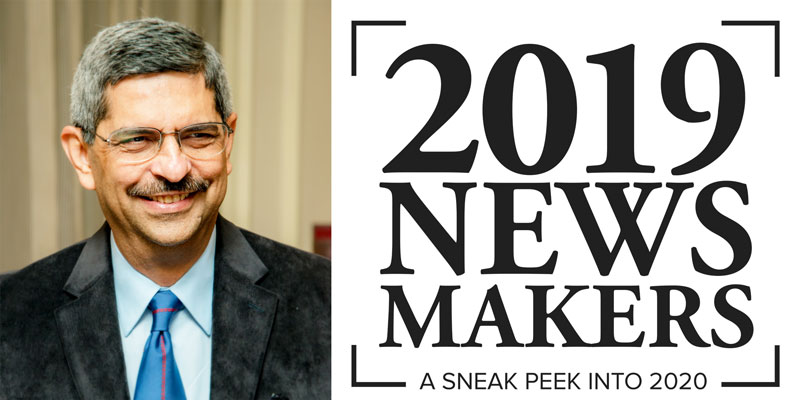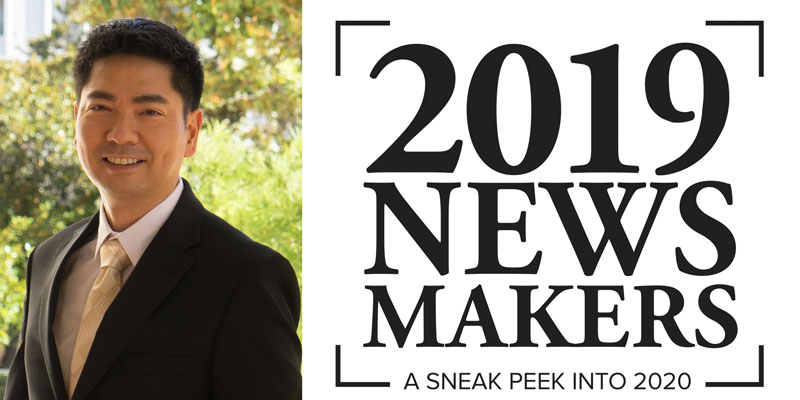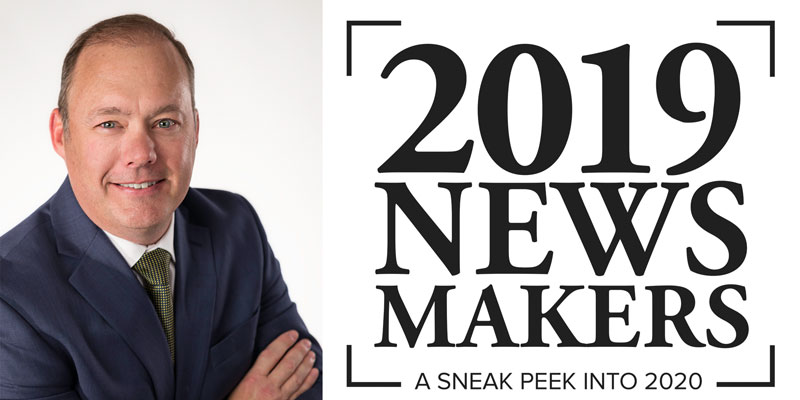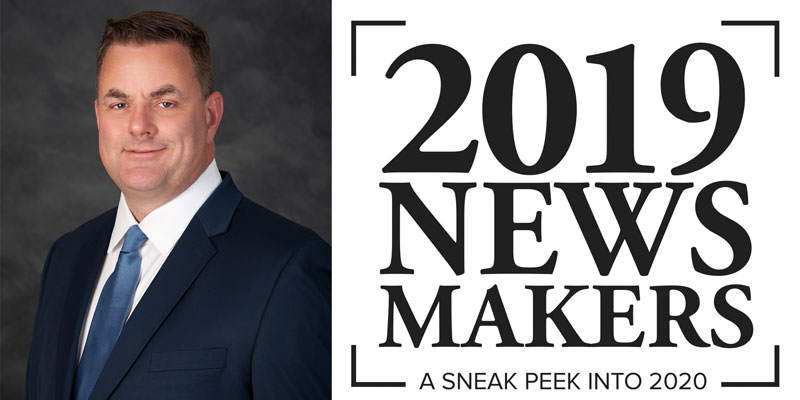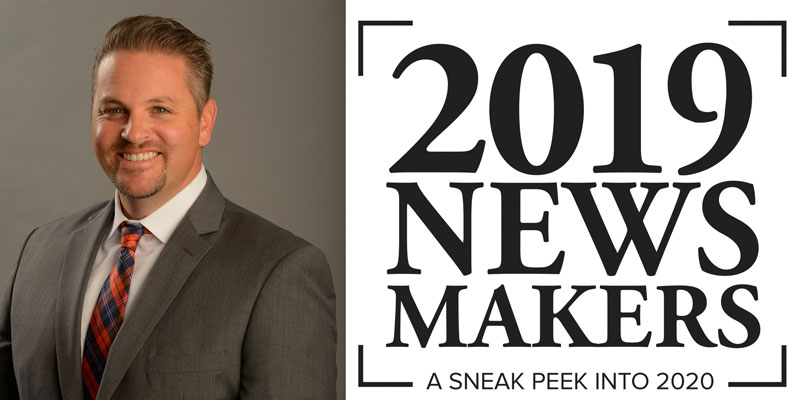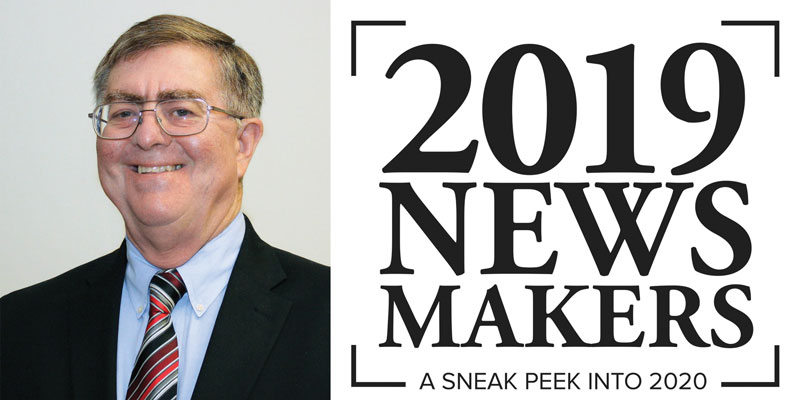
We spend one-third of our lives at work, and we frequently face physical and mental stress or anxiety. Or, we see it in others. Wellness is a significant issue today and will increase in importance if, for no other reason, than the cost factor.
It’s no surprise, then, that wellness in the workplace is becoming a key area of focus for employers. Employees will care more for their work and the company if they know that feeling is reciprocal.
Healthy does not only mean a person’s current medical condition. It can also be the atmosphere of the workplace and its surroundings. We’ve all heard, “The employees are your greatest asset.” Your talent is the most critical resource for adding value to the business and its customers. By focusing on employee wellness, it can encourage teamwork, increase productivity, lower absenteeism and reduce workplace accidents.
The four aspects of creating a healthy workplace environment are:
- Workplace culture
- Physical environment (occupational health and safety)
- Health and lifestyle practice
- Supportive management
Workplace Culture
Great company culture promotes a healthy work environment, which can keep employees productive, lower internal costs, enhance customer satisfaction and even help to retain the best workers. It all begins with the leadership of an organization creating a positive workplace culture.
Culture is how we act as a business every day. Every company has its own corporate culture that determines its value, and it usually creates a standard practice that employees generally follow. This culture that is practiced by employees daily is established by management’s operating philosophy.
Management’s responsibility is to make the work easier for the employees by providing better tools, consistent and even workflow (not overburdening), and less stress physically and mentally.
The most critical component of a great culture is hiring the right people for the DNA of your organization: people who are the most compatible with the organization’s team members. Motivation of talent is changing from the traditional factor of compensation. It is now shifting toward the quality of the workplace experience (culture) and is directly connected to the idea of wellness. A lack of wellness among employees results in increased health care costs, absenteeism and a lack of motivation, affecting the peer network and productivity of the entire organization.
Physical Environment
The physical environment relates to the building structure, parking lot, offices and workshop areas (tools and equipment). These all directly impact the health and safety of your employees. The condition of the environment must be safe, functional and aesthetically pleasing in order to truly enhance the workplace experience. Nobody wants to work in an unsafe or hazardous work environment related to the building, equipment or tools. Management’s responsibility is to reduce employees’ worry pertaining to their safety within the workplace, and management must enforce and coach safety practices.
Enforcing the wearing of work gloves and specific eye protection is showing concern for the employee. I’ve walked into many repair shops in my 25 years of consulting and found technicians under vehicles supported by only a floor jack and not on safety stands. I immediately went to management to discuss the occupational safety violation. Why? Because this is management’s fault, not the employee’s. Management has not established the business rules for health and safety in the shop, period. The excuse is always the same: “I’ve told the tech about that so many times, he just doesn’t listen.” Once again, why the tech doesn’t listen is management’s responsibility to sort out and determine the appropriate course of discipline moving forward. More often than not, management has failed to set the standard, enforce it and then continue to police it to make sure it’s being adhered to by all employees without exception.
Health and Lifestyle Practices
Being physically well means being able to maintain a healthy quality of life. Another great way to create a healthy workplace environment is by making sure that healthy eating habits are promoted; no “skipping” lunch breaks because the store is too busy. Employees need to recharge by taking that break away from work pressures and having a healthy lunch time in order to rejuvenate their minds and physical body. This is much more productive in the end than burning people out because of workplace demands.
According to one study by GreenPath Financial Wellness, 58% of employers reported that financial “illness” plays a role in employee absenteeism – while 71% of employees say their top source of stress is personal finances.
You can also provide healthy snacks – a bowl of fruit, a veggie plate or natural snack bars versus candy and high-sugar snacks – during meetings. Make sure employees take a five-minute break from their desks and get up and walk the shop floor to check on production, or go outside for a few refreshing minutes during a busy workday. Regular breaks will help relieve muscle fatigue and eyestrain and restore employees’ level of concentration.
Think about how you can brighten up the work areas with more natural sunlight; the best source of vitamin D is sunlight. Vitamin D is a key nutrient for healthy bones and offers a slew of other potential health benefits.
Research has found that financial concerns can lead to mental and physical distress. According to one study by GreenPath Financial Wellness, 58% of employers reported that financial “illness” plays a role in employee absenteeism – while 71% of employees say their top source of stress is personal finances. What a great opportunity to have an outside source conduct a session during a lunch break to educate your employees on their personal finances and how to manage their money responsibly.
Creating a healthy environment for employee well-being and wellness does not have to be difficult or costly. Simply working in a clean and comfortable office and shop service area can have a tremendous affect on your employees’ interactions. Above all, you can provide a workplace environment designed to support all of the efforts of the entire organization, and that’s a state of well-being.
Competitive Workplace Advantage with Millennials
Employers who cultivate a positive, healthy culture will stand out from their competition. Millennials, who are set to make up 75% of the workforce by 2025, seek out this type of wellness culture and healthy workplace environment. These components include physical, financial, emotional and social well-being. It’s essential for employers and employees alike to understand how these different components of wellness influence one another. The key to a successful employee wellness program and maintaining healthier employees is learning how to connect all of the essential components of employee wellness.
Supportive Management
Everyone has personal problems with which they’re dealing. Try not to ignore these, but, instead, get to the core of the problem and be supportive by showing genuine concern. Telling your employees that your office door is always open to them and their personal problems is the most effective way to communicate your support. Putting yourself in your employees’ shoes and having compassion sends the direct message that you’re in it for them and their families.
The success and wellness of employees requires management’s support – not just talking about it or handing it off to someone else to develop another waste-of-time employee program, but visible and transparent action from leadership. Management’s responsibility is to make the work easier for the employees by providing better tools, consistent and even workflow (not overburdening), and less stress physically and mentally. Do you really listen to the voice of your employees, or do you pass off the employees’ concerns as unnecessary noise that interferes with conducting business from only your perspective?
Human resources are way too critical to overlook the importance of developing a plan that has a direct effect on the wellness and well-being of all employees. Well-being must be set as a priority and business strategy for lowering costs, increasing productivity, and retaining and attracting talent. The commitment and the leader’s behavior must be seen in the “walk-the-talk.”
How much does a lack of wellness in the workplace cost businesses? It’s challenging to measure the financial impact accurately because of the limited amount of data. What we do know, however, is that costs like health care, low productivity, increased absenteeism and lack of motivation all equate to lost revenue and profits. The best estimate from researchers on the subject indicates 15% (negative impact) of the total loaded costs per employee are lost on lack of wellness in the workplace. When one aspect of wellness is lacking, it’s difficult for employees to feel and perform their best at work.
The most important thing that influences employee motivation and happiness – and ultimately how productive and efficient they can be – all gets down to their working environment where all healthy workplace aspects must be in place.
Steve Feltovich is president of SJF Business Consulting LLC and works with dealers, independent collision repairers and MSOs to make business improvements and achieve performance goals. He can be reached at [email protected]. This article originally appeared in BodyShop Business, a sister publication of Tire Review.


